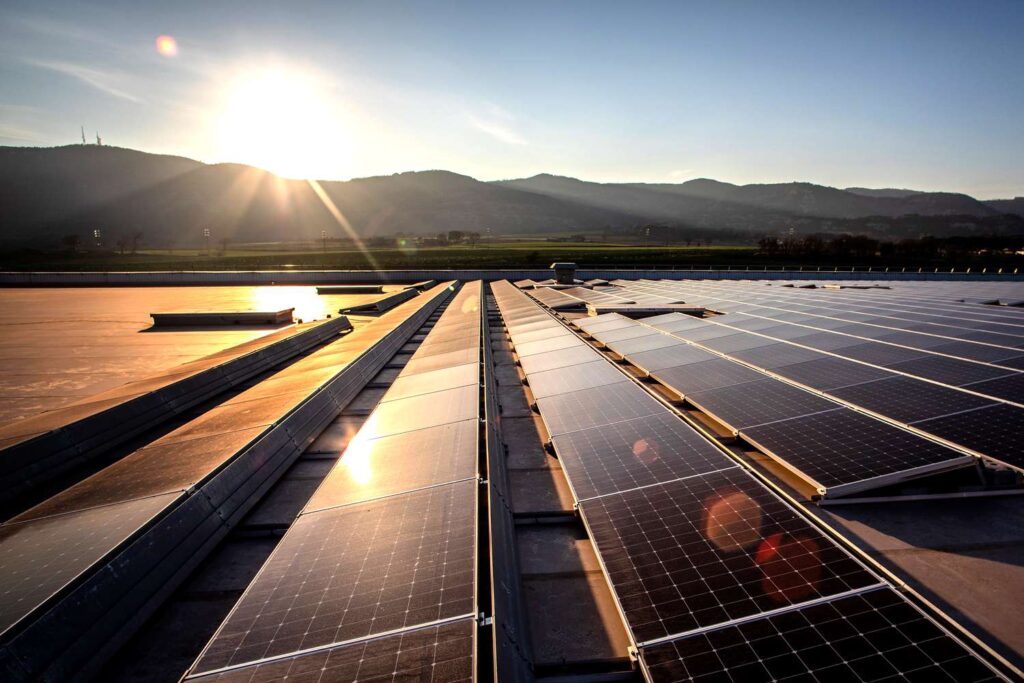The search for harnessing the power of the sun dates back centuries, but it wasn’t until the 20th century that we began to see remarkable progress in turning sunlight into electricity. Solar cells, which are at the heart of solar power systems, have undergone remarkable transformations in terms of efficiency.
In this blog, we will explore the history of solar cell efficiency and discover the milestones that have brought us to where we are today.
Solar Cells: The Early Days
In the early days of solar technology, efficiency was far from impressive. Early solar cells, developed in the 1950s, had an efficiency of merely 4%. These first-generation cells were expensive to produce and limited in their applications. However, they laid the foundation for further innovation.
Bell Solar Battery advertisement from 1956 issue of Look Magazine
Link : https://www.findlight.net/blog/solar-cell-history-and-milestones/
The concept of converting sunlight into electricity was first demonstrated by French physicist Alexandre-Edmond Becquerel in 1839. However, it took many decades for this discovery to transform into practical solar cells.These early efforts were costly.
Silicon Solar Cells: A Breakthrough
The 1950s laid the foundation for silicon-based solar cells, which have since become the backbone of the solar industry. By the 1970s, solar cell efficiency had improved to around 10%, making them more practical. While still relatively low, this improvement made solar power more accessible for residential use and remote installations, such as satellites.
For further information, have a look at the attached blog
EFFICIENCY OF DIFFERENT SOLAR MODULES
1970s to 1990s: Incremental Gains
Throughout the 1970s and 1980s, research efforts focused on refining silicon cell technology. Gradually, efficiency rates reached higher. By the 1990s, some solar modules achieved efficiencies in the 15-20% range, making solar power a more feasible option for homeowners and businesses.
System efficiency vs. time for different technologies
Link : https://sites.lafayette.edu/egrs352-sp14-pv/technology/history-of-pv-technology/
PV System Capital Cost vs time
Link : https://sites.lafayette.edu/egrs352-sp14-pv/technology/history-of-pv-technology/
Thin-Film Solar Technology: A New Approach
In the early 21st century, thin-film solar technology emerged as a promising alternative to traditional silicon cells, offering a more cost-effective and flexible alternative to traditional silicon cells. These flexible and lightweight modules, made from materials like amorphous silicon and cadmium telluride, offered unique advantages. While their efficiency started relatively low, around 10-12%, thin-film modules showed potential for reduced production costs.
Perovskite Solar Cells: The Next Frontier
Perovskite solar cells have gained significant attention in recent years for their potential to revolutionize solar technology. With rapid advancements, they are closing in on traditional silicon cells’ efficiency levels while offering lower production costs and greater flexibility.
Difference between Thin-film and perovskite
Link : https://www.energy.gov/eere/solar/perovskite-solar-cells
Recent Advances and the Road Ahead
In recent years, solar module efficiency has made significant strides. Advancement in silicon cell technology, such as Passivated Emitter Rear Contact (PERC) and Bifacial Modules, have pushed efficiency rates well beyond 20%. Meanwhile, Perovskite solar cells have emerged as a game-changer, with the potential to surpass 30% efficiency, competing with traditional silicon.
For specialized applications such as space exploration and concentrated solar power plants, multi-junction solar cells have pushed efficiency boundaries even further. These cells utilize multiple layers of semiconductors to capture a broader spectrum of sunlight, achieving efficiencies exceeding 40%.
Improving Silicon Efficiency:
Researchers are continuously improving the efficiency of silicon-based solar cells through innovations like Bifacial Modules, Passivated Emitter Rear-Contact (PERC) Cells, and Heterojunction Technology. These developments are making solar energy more popular than ever.
Structure of PERC Silicon Module
Link : https://aurorasolar.com/blog/what-you-need-to-know-about-perc-solar-cells/
Integration and Energy Storage:
The efficiency of solar modules isn’t the only factor responsible. Integration with energy storage solutions, such as lithium-ion batteries, is crucial for maximizing the utilization of solar power, ensuring a consistent energy supply even during cloudy days and nighttime.
Energy Storage Solutions
Link : https://www.energy.gov/eere/solar/sustainable-and-holistic-integration-energy-storage-and-solar-pv-shines
Conclusion
The efficiency of solar modules has experienced a remarkable journey, from its modest beginnings to the cutting-edge technologies of today. From humble beginnings with 4% efficiency to the current era of silicon, thin-film, and perovskite technologies, solar power has come a long way. As we look to the future, the trajectory is clear: solar efficiency will continue to rise, making solar power an increasingly attractive and viable source of clean energy. With ongoing research, innovation, and a growing commitment to sustainability, solar modules are set to play a pivotal role in meeting our energy needs while reducing our carbon footprint.
Are you ready to dive into the world of solar, contact SafEarth for an easy and hassle – free switch !


Wow wonderful blog layout How long have you been blogging for you make blogging look easy The overall look of your site is great as well as the content